Introduction
Coco Popping Boba, also known as bursting boba or juice balls, has revolutionized the beverage and dessert industry with its unique texture and explosive flavor release. These tiny, translucent spheres, often nestled at the bottom of bubble tea cups or adorning trendy desserts, have captivated taste buds worldwide. But what exactly lies within these delicate orbs that causes them to burst with a satisfying pop? This article delves into the science, composition, and culinary magic behind Coco Popping Boba, exploring its ingredients, manufacturing process, and cultural impact. From its humble beginnings in Asian street food to its global dominance in cafes and restaurants, understanding the anatomy of Coco Popping Boba reveals a fascinating blend of culinary innovation and food technology.
The Outer Membrane: A Gel-Like Marvel
At first glance, Coco Popping Boba appears as a shimmering, semi-transparent sphere, typically ranging from 0.5 to 1 centimeter in diameter. The secret to its signature burst lies in its outer membrane, a delicately engineered gel-like structure. Unlike traditional tapioca pearls, which are chewy and starchy, popping boba relies on a process called spherification to create its fragile shell.
The primary ingredient in this membrane is sodium alginate, a natural polysaccharide derived from brown seaweed. When combined with a liquid filling (often fruit juice or flavored syrup), sodium alginate forms a viscous solution. This mixture is then dripped into a cold bath of calcium chloride or calcium lactate, triggering a chemical reaction known as ionotropic gelation. The calcium ions cross-link with the sodium alginate molecules, creating a thin, elastic membrane that encapsulates the liquid core.
The thickness and resilience of this membrane are critical. If too thin, the boba may rupture prematurely; if too thick, it may fail to burst altogether. Manufacturers meticulously control factors like the concentration of sodium alginate, the temperature of the calcium bath, and the dropping mechanism to achieve the perfect balance. The result is a sphere that withstands gentle handling but succumbs to the slightest pressure from teeth or tongue, releasing its flavorful payload.
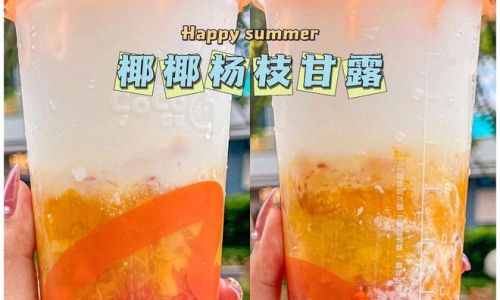
The Filling: A Symphony of Flavors
While the membrane provides the structural integrity, the filling is the soul of Coco Popping Boba. The most common fillings mirror popular fruit flavors, such as mango, strawberry, lychee, and passion fruit. However, coconut-flavored popping boba—often labeled as “Coco”—has emerged as a standout variant, beloved for its tropical sweetness and creamy undertones.
The filling typically consists of:
- Fruit Puree or Concentrate: High-quality fruit juices or purees form the base, providing natural flavor and color. For coconut boba, coconut water, coconut milk, or artificial coconut flavorings may be used.
- Sweeteners: Sugar, fructose, or artificial sweeteners balance tartness and enhance shelf life.
- Stabilizers: Ingredients like xanthan gum or pectin prevent phase separation and maintain the filling’s consistency.
- Acidulants: Citric acid or malic acid may be added to brighten flavors and act as preservatives.
In coconut-flavored popping boba, the filling often mimics the texture of coconut cream, achieved by blending coconut milk with emulsifiers. Some premium varieties incorporate tiny coconut shreds for added texture, though this is less common due to production challenges.
The Manufacturing Process: From Lab to Factory
Creating Coco Popping Boba is a precise dance of chemistry and engineering. The process begins with preparing the membrane solution and flavor core separately. The sodium alginate membrane solution is mixed until smooth, while the filling is pasteurized to eliminate pathogens.
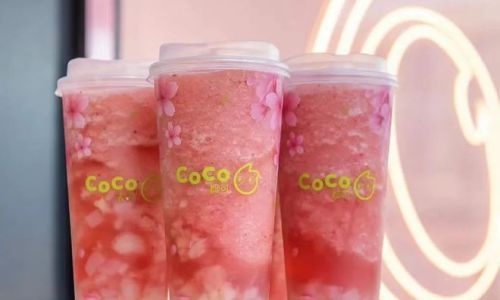
Next, the filling is loaded into a spherification device, which resembles a syringe with multiple needles. As the device drips the filling into the calcium chloride bath, each droplet forms a membrane almost instantly. The spheres are then gently agitated to prevent sticking and cured for several minutes to strengthen the membrane.
After curing, the bobas are rinsed to remove excess calcium and coated with a thin layer of cornstarch or tapioca starch to prevent clumping. Finally, they are packaged in sugar syrup or fruit juice to maintain moisture and flavor, ready to be shipped to cafes, restaurants, and retail stores.
The Science of Bursting: Why Does It Pop?
The magic of Coco Popping Boba lies in its ability to withstand storage and transport yet rupture effortlessly when bitten. This duality stems from the membrane’s unique mechanical properties. The sodium alginate-calcium cross-links create a network of polymer chains that are flexible yet brittle. When pressure is applied, the membrane stretches until it reaches its breaking point, releasing the filling in a micro-explosion.
Researchers have studied the rheological properties of popping boba membranes, discovering that factors like pH, calcium concentration, and dropping height influence burst strength. For instance, a lower pH (more acidic filling) can weaken the membrane, while a higher calcium concentration strengthens it. Manufacturers use this knowledge to customize boba for specific applications, such as boba that bursts easily in cold beverages versus those that hold up in heated desserts.
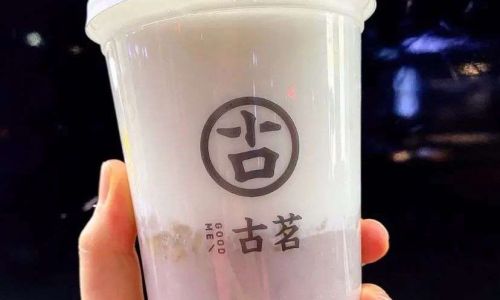
Culinary Applications: Beyond Bubble Tea
While Coco Popping Boba is synonymous with bubble tea, its versatility extends far beyond the iconic drink. Chefs and mixologists have embraced it as a playful garnish and textural contrast in:
- Desserts: Layered in parfaits, suspended in jelly, or nestled in shaved ice.
- Cocktails: Floated in martinis or mojitos for a boozy burst.
- Savory Dishes: Surprisingly, some avant-garde chefs experiment with savory fillings, such as balsamic vinegar or tomato consommé, to add surprise elements to dishes.
- Frozen Treats: Mixed into ice cream or frozen yogurt for intermittent flavor bursts.
The coconut variant, in particular, pairs well with tropical desserts like mango sticky rice or pina colada-inspired treats. Its mild sweetness also complements creamy bases like yogurt or panna cotta.
Nutritional Profile: Guilt or Indulgence?
Coco Popping Boba’s nutritional value varies by brand and flavor but generally leans toward indulgence. A typical serving (about 2 tablespoons) contains:
- Calories: 50–70
- Sugars: 10–15 grams
- Carbohydrates: 12–18 grams
- Fat: 0–1 gram
While coconut-flavored boba may offer trace amounts of potassium from coconut water, it is not a significant source of nutrients. However, some manufacturers now offer low-sugar or sugar-free options, using natural sweeteners like stevia or monk fruit. Vegan and gluten-free varieties are also available, catering to dietary preferences.

Cultural Impact: A Global Phenomenon
The origins of popping boba can be traced to molecular gastronomy, a culinary movement that experiments with textures and chemical reactions. Chef Ferran Adrià of elBulli fame popularized spherification in the early 2000s, though commercial popping boba emerged later in Taiwan’s bustling night markets.
Today, Coco Popping Boba is a staple in:
- Asia: Ubiquitous in bubble tea shops across Taiwan, China, and Southeast Asia.
- North America: A trendy addition to cafes in cities like New York, Los Angeles, and Toronto.
- Europe: Gaining popularity in hipster cafes and dessert parlors.
Social media platforms like Instagram and TikTok have fueled its rise, with videos of boba-bursting moments going viral. Brands like Cocofloss (a playful nod to the coconut theme) have even launched boba-flavored dental floss, highlighting its cultural penetration.
Myths and Misconceptions
Despite its popularity, Coco Popping Boba faces its share of myths:

- “It’s made from fish bladders!”: While traditional tapioca pearls may use gelatin, popping boba membranes are vegan-friendly, relying on seaweed extracts.
- “It’s unhealthy junk food!”: While high in sugar, moderate consumption is no worse than other dessert toppings.
- “It’s hard to digest!”: The alginate membrane breaks down easily in the digestive system.
The Future of Popping Boba: Innovation and Sustainability
As demand grows, manufacturers are exploring eco-friendly alternatives. Some now use agar-agar (a seaweed-based gelatin) instead of sodium alginate to reduce costs and appeal to vegan markets. Others are experimenting with edible coatings that dissolve in hot beverages, eliminating the need for stabilizers.
Flavors are also evolving, with exotic options like yuzu, taro, and even alcoholic-infused bobas emerging. Nitrogen-infused “popping crystals” and hybrid toppings that combine boba with jelly cubes or pectin strings are pushing the boundaries of texture play.
Conclusion: The Perfect Bite
Coco Popping Boba is more than a fleeting trend—it’s a testament to human ingenuity in food design. From its seaweed-derived membrane to its explosive fruit core, every component is engineered to delight the senses. Whether you’re sipping bubble tea in Taipei or savoring a coconut boba-topped dessert in Paris, these tiny orbs remind us that sometimes, the most profound culinary experiences come in the smallest packages. So next time you bite into a Coco Popping Boba, savor the science, the artistry, and the simple joy of a perfectly timed pop.
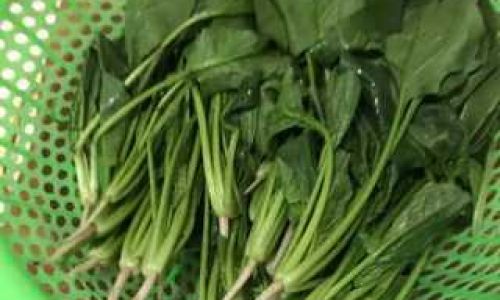
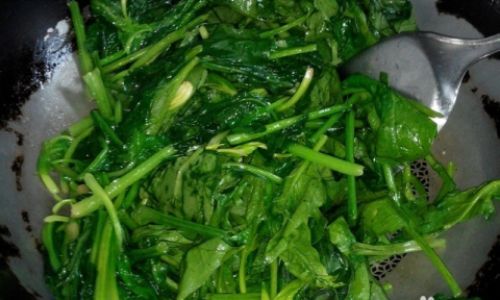
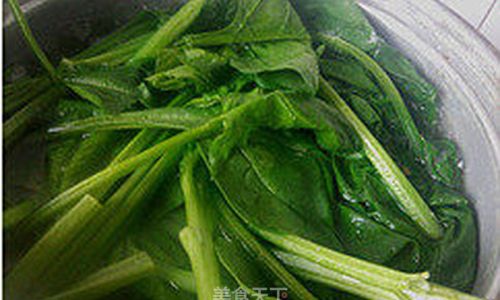
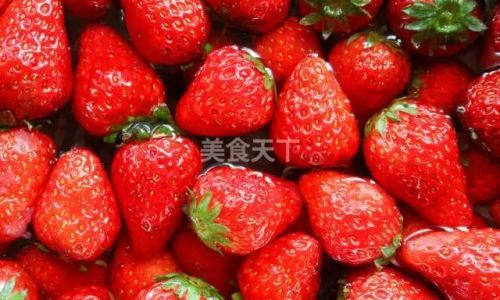
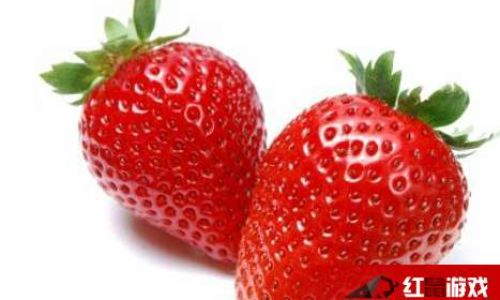
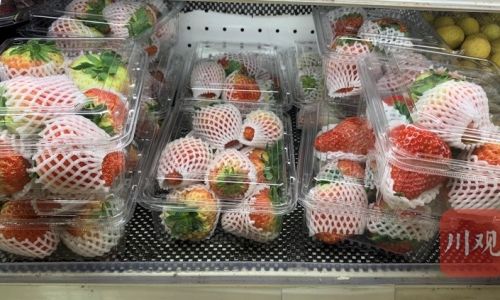
0 comments